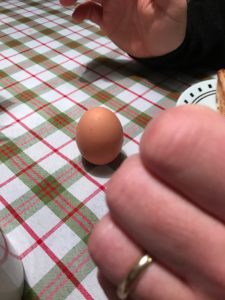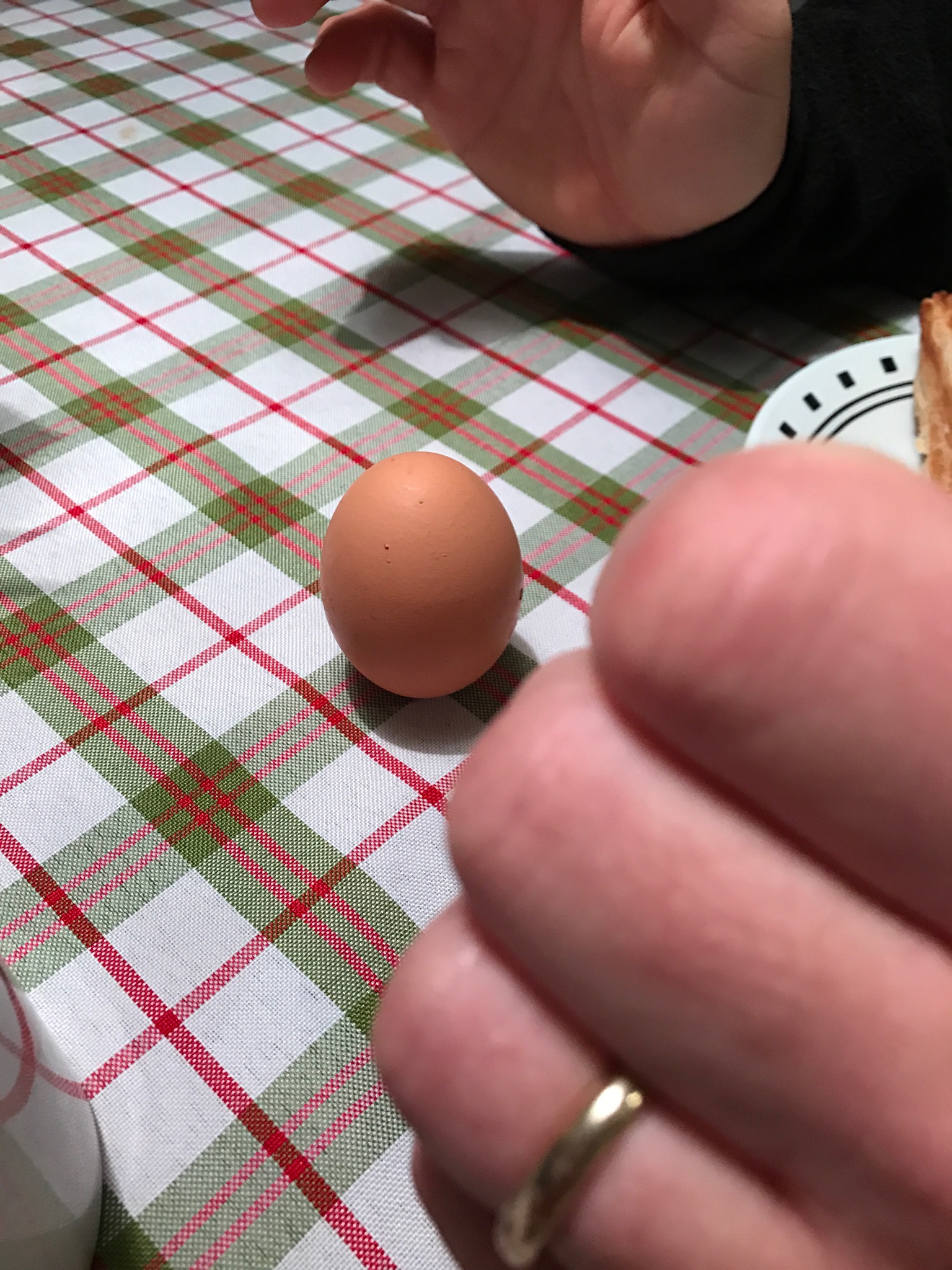Egg-Citing News!

Every year on the vernal and autumnal equinoxes (on or about March 20 and September 22), the two days per year in which the length of day and night are the same, we hear about a magical property of these days that allows eggs to be balanced on end. Rarely does a year go by in which a local TV news station doesn’t send a reporter out to a neighborhood park to capture images of people delightedly placing eggs on the ground and watching in amazement as the eggs stand on end. Rarely do we see any new stories reporting that this same feat can be achieved every other day of the year as well.
The equinoxes, which mark the beginning of spring and autumn, have long held a special importance in human society. Particularly the vernal equinox, which marks the first day of spring and the end of winter, the beginning of the season in which daylight again outlasts darkness and life springs anew. Flowers blossom, trees shoot out new leaves and branches, and animals give birth (or their eggs hatch). These tangible signs of the world’s rebirth were of paramount importance to agricultural societies, and they naturally developed elaborate fertility rites to celebrate the occasion.
Thus eggs — one of the most ubiquitous symbols of fertility and birth — have long been associated with the beginning of spring, and hence with the equinox. Many, many superstitions involving the breaking, balancing, burying, decorating, reading (for purposes of divination) and hiding of eggs have come to be part of the annual spring celebration. (The linking of egg-balancing with spring celebrations is demonstrated by the fact that the practice is associated primarily with the vernal equinox and far less commonly with the autumnal equinox.)

